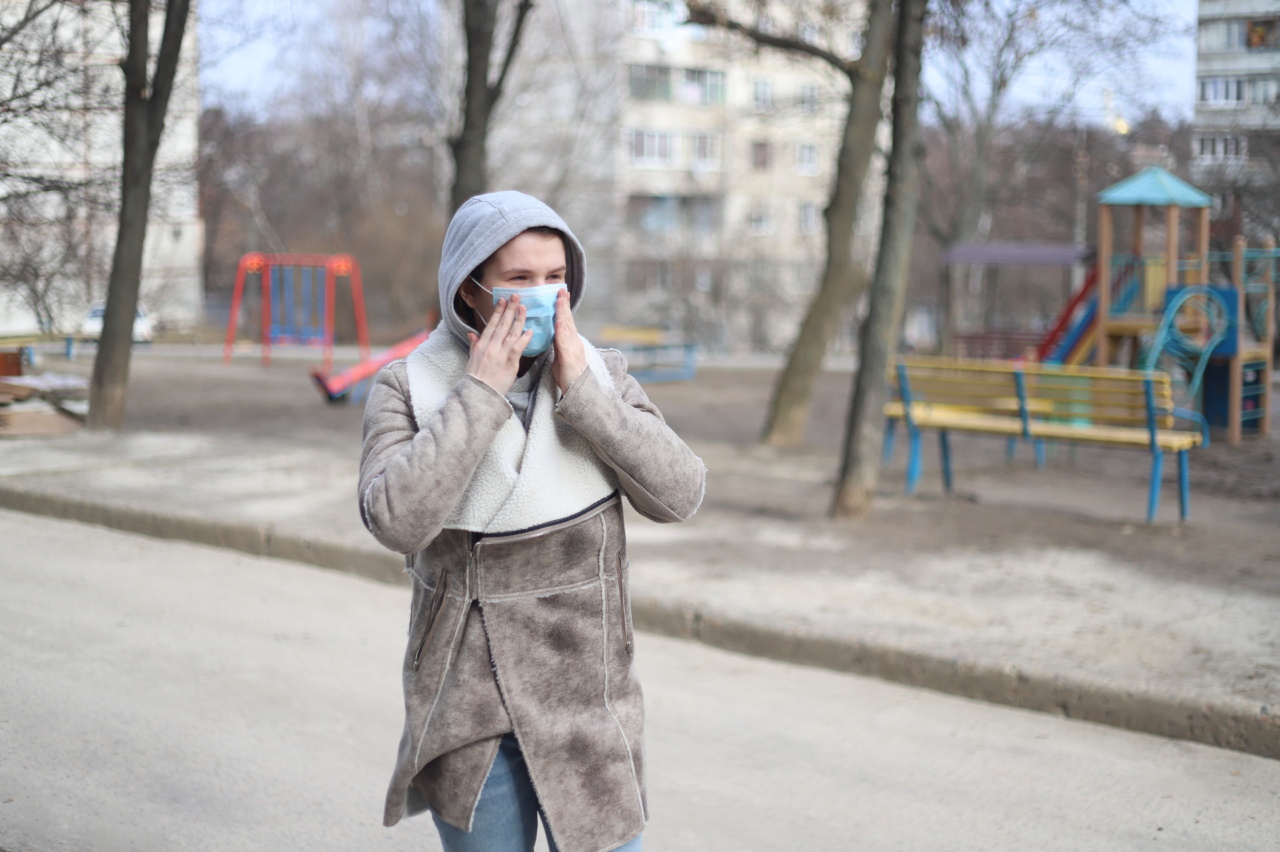If you are experiencing symptoms of a cold or flu, it can be difficult to determine whether you are dealing with a virus or a simple cold. The symptoms of both can be very similar, but there are some ways to differentiate between the two.
What is a virus?
A virus is a small infectious agent that can only reproduce within a living cell. There are numerous types of viruses, causing a wide range of illnesses, from the common cold to more serious illnesses like HIV, Ebola, and COVID-19.
Because viruses are tiny, they can easily spread from person to person, making them a common cause of illness.
What is a cold?
A cold is a mild viral infection that affects the upper respiratory tract, including the nose and throat. Colds are caused by a variety of viruses, including rhinoviruses, coronavirus, and adenoviruses.
Colds are generally harmless and simply need to run their course, taking 7-10 days to clear up.
How to differentiate between a virus and a cold
While the symptoms of a virus and a cold can be very similar, there are some differences to look out for:.
Severity of symptoms
Colds tend to be milder than viral infections and typically start with a sore throat or stuffy nose. Symptoms may progress to include coughing, sneezing, a mild fever, and a general feeling of being unwell.
Viral infections can cause more severe symptoms, such as a high fever, fatigue, and muscle aches.
Duration of symptoms
The symptoms of a cold typically last for 7-10 days before gradually improving. Viral infections can last longer, with some cases lasting for several weeks.
Symptoms not associated with a cold
While both a cold and a virus can cause coughing and sneezing, there are some symptoms that are typically not associated with a cold. If you are experiencing any of the following symptoms, it may indicate that you are dealing with a viral infection:.
- A high fever, typically above 100.4 F or 38 C
- Fatigue and general weakness
- Muscle aches and joint pain
- Headache, nausea or vomiting
- Sudden onset of symptoms
When to see a doctor
If your symptoms are mild and you are otherwise healthy, you can typically manage a cold or viral infection at home with over-the-counter medications, rest, and plenty of fluids.
However, if you are experiencing severe symptoms, such as a persistent fever, difficulty breathing, or chest pain, it is important to seek medical attention.
Prevention
There are some simple measures that can help prevent the spread of viruses and colds:.
- Wash your hands frequently with soap and water
- Cover your mouth and nose when coughing or sneezing
- Avoid touching your face, especially your nose, mouth and eyes
- Avoid close contact with people who are sick
- Stay home if you are feeling unwell
Conclusion
Differentiating between a virus and a cold can be challenging because their symptoms can be very similar. However, understanding the differences can help you manage your symptoms and know when to seek medical attention.
Remember to take preventive measures to avoid catching and spreading viruses and colds.































